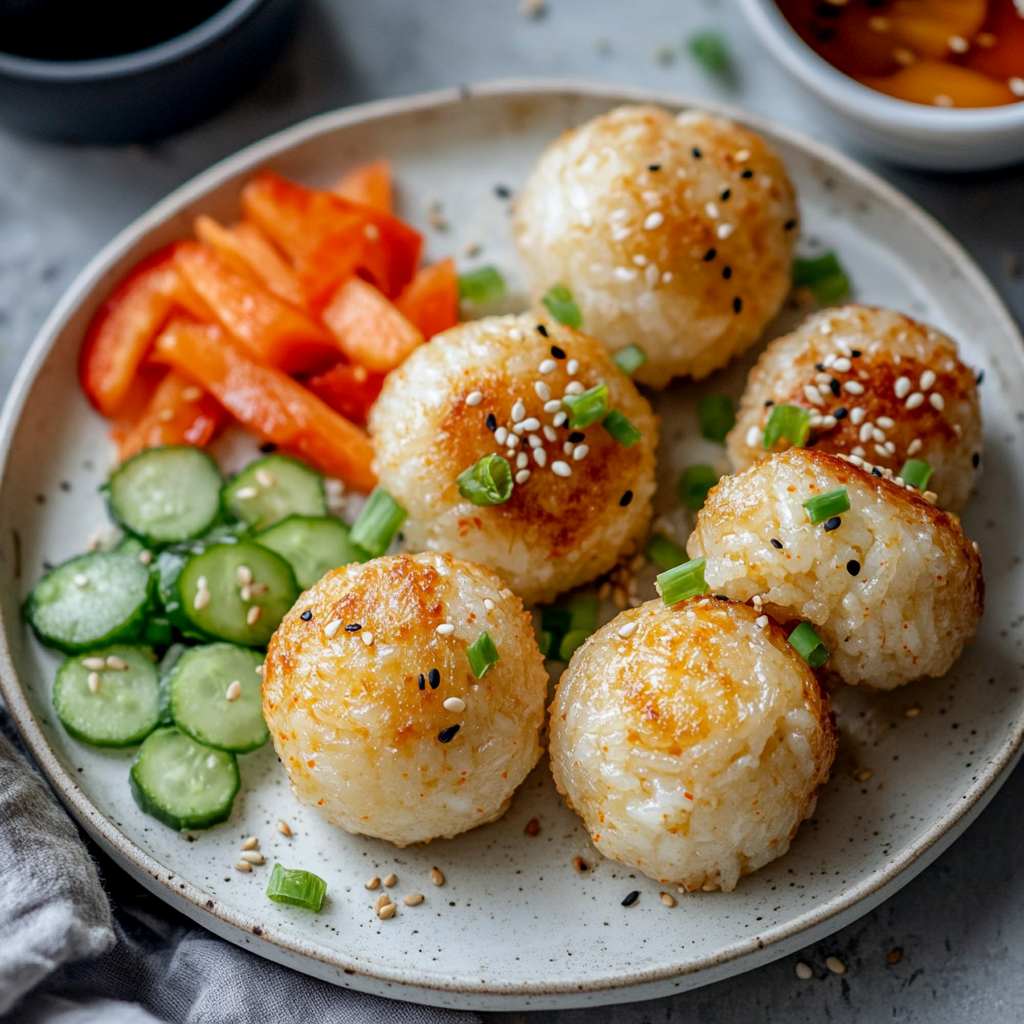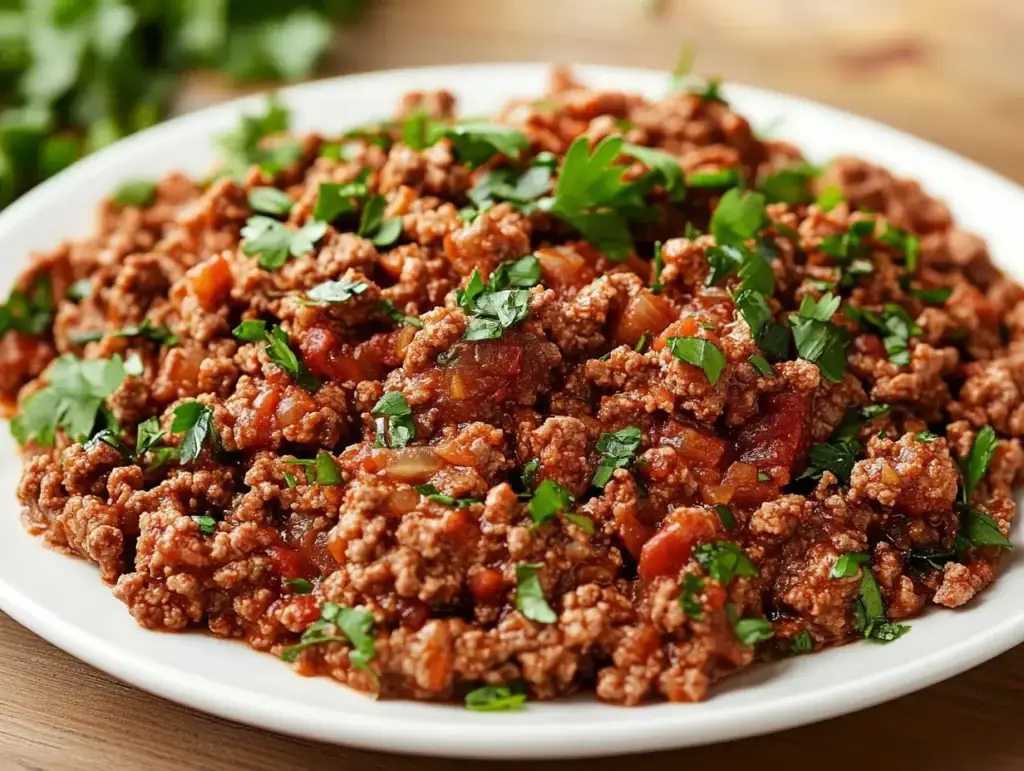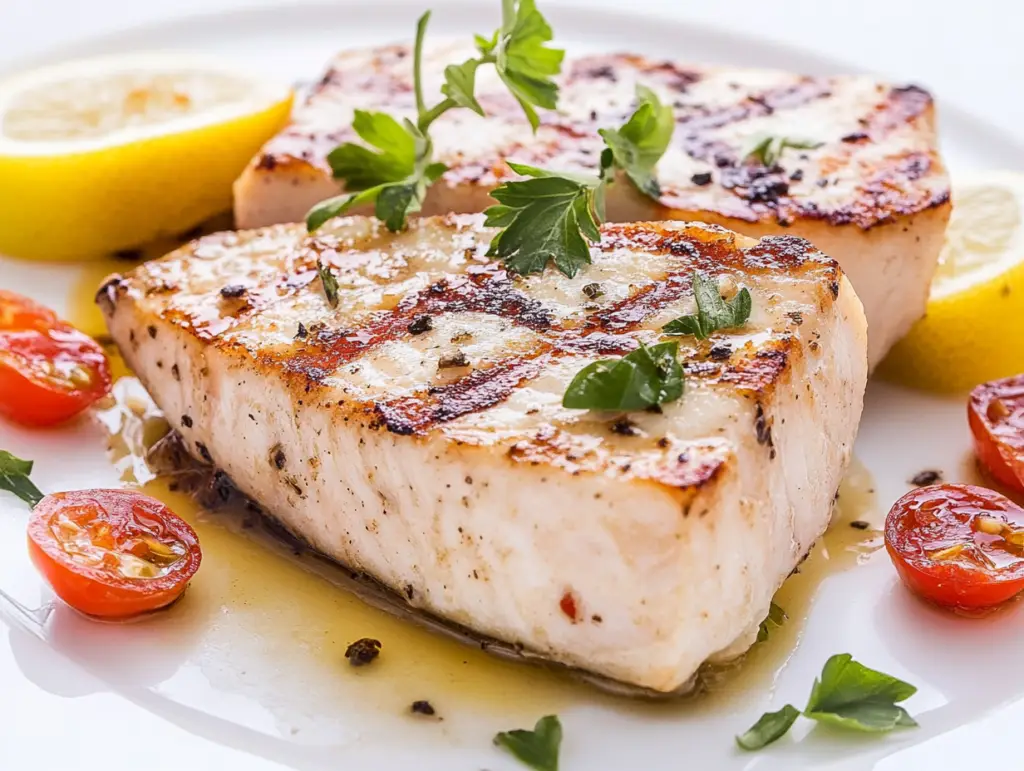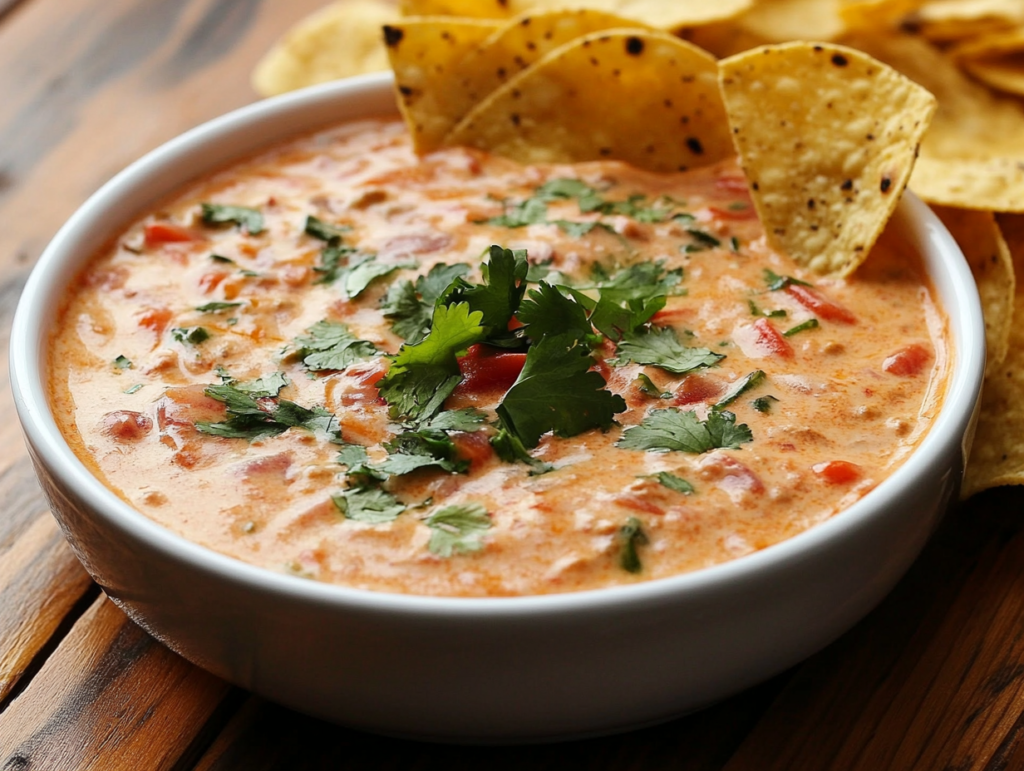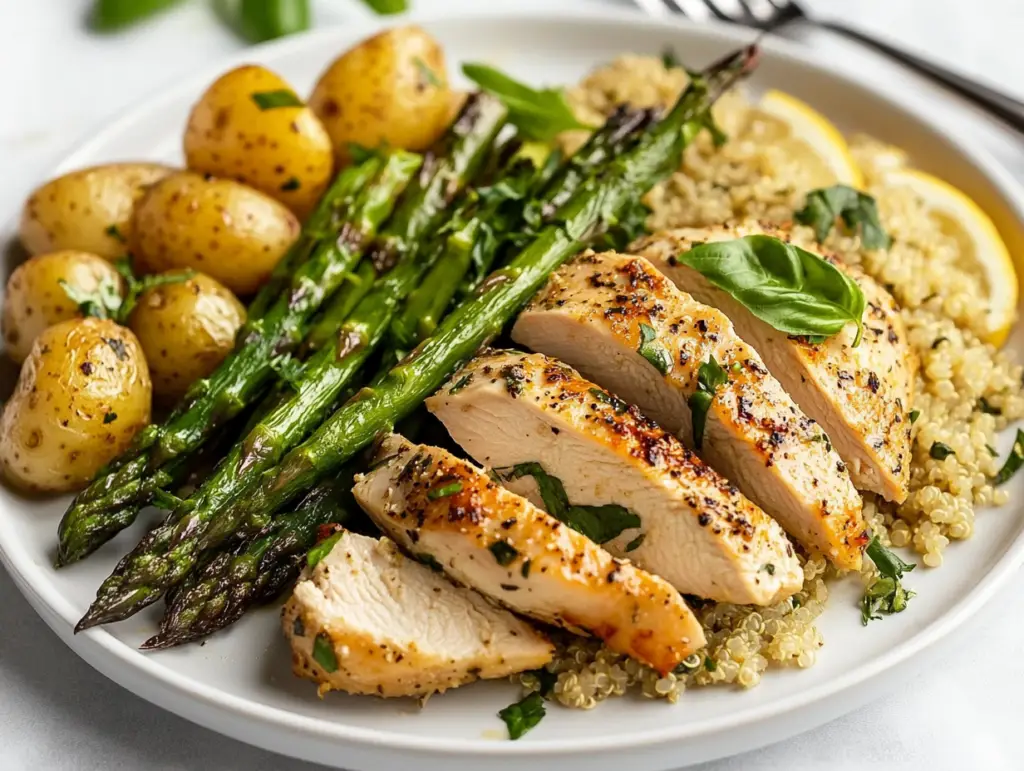Introduction to Korean Rice Balls
Korean Rice Balls, also known as Jumeokbap (literally “fist rice”), are a simple yet flavorful dish that can be enjoyed as a snack, a side dish, or even a light meal. They are versatile, easy to make, and packed with a variety of fillings and seasonings.
What are Korean Rice Balls?
Korean Rice Balls are made by mixing seasoned rice with various ingredients and shaping them into small, compact balls. These bite-sized delights are perfect for picnics, lunchboxes, or quick snacks on the go.
A Versatile Korean Snack or Side Dish
Jumeokbap is incredibly adaptable, allowing for endless combinations of ingredients to suit different tastes and occasions.
Cultural Significance of Rice Balls in Korea
Rice balls have a special place in Korean cuisine, often associated with comfort and convenience. They are a go-to meal for busy days and a popular item in Korean lunchboxes (dosirak).
Ingredients for Korean Rice Balls
Making Korean Rice Balls requires a few basic ingredients, with optional fillings and add-ons to customize the flavors.

Core Ingredients
Cooked Short-Grain Rice (Warm or Room Temperature)
- Why It’s Key: Short-grain rice sticks together better, making it easier to shape the rice balls.
Pro Tip: Use freshly cooked rice that has cooled slightly to room temperature for the best consistency.
Sesame Oil for Flavor
- Why It’s Key: Sesame oil adds a nutty aroma and rich flavor that’s quintessential to Korean cooking.
Pro Tip: Mix the sesame oil evenly into the rice for a uniform taste.
Salt and Sesame Seeds for Seasoning
- Why They’re Key: These ingredients enhance the rice’s flavor and add a subtle crunch.
Pro Tip: Toast the sesame seeds lightly for a more intense flavor.
Koreatown LA – Authentic Korean Ingredients – A trusted source for Korean staples like sesame oil, seaweed, and gochujang.
Optional Fillings and Add-Ons
Tuna, Kimchi, or Cooked Vegetables
- Why They’re Great: These fillings bring additional flavors and textures to the rice balls.
Pro Tip: Squeeze out excess liquid from kimchi to prevent the rice balls from becoming soggy.
Meat Options Like Bulgogi or Spicy Pork
- Why They’re Great: Meat fillings add heartiness and protein, making the rice balls more substantial.
Pro Tip: Chop the meat finely to distribute it evenly within the rice.
Nori (Seaweed) for Wrapping or Garnish
- Why It’s Great: Nori adds a savory, slightly briny flavor and makes the rice balls easier to handle.
Pro Tip: Use pre-cut nori sheets or crumbled nori flakes for convenience.
With these ingredients, you can create flavorful Korean Rice Balls that are perfect for any occasion, whether you’re enjoying them as a snack or pairing them with a meal.
Serve with a tangy side like our Cold Yogurt Drinks Recipe for a refreshing contrast.
Step-by-Step Guide to Making Korean Rice Balls
Follow this step-by-step guide to create flavorful and visually appealing Korean Rice Balls, perfect for snacking or as part of a meal.
Preparing the Ingredients
Cooking and Cooling the Rice to the Right Consistency
- What to Do: Cook short-grain rice according to package instructions. Let it cool slightly to room temperature to make it easier to handle.
Pro Tip: Avoid overcooking the rice to maintain a firm, sticky texture.
Serious Eats – How to Cook Perfect Rice – A guide to achieving the ideal rice texture for Korean rice balls.
Chopping Fillings for Easy Mixing or Stuffing
- What to Do: Finely chop fillings like kimchi, tuna, or vegetables into small pieces for easy incorporation.
Pro Tip: Drain any excess liquid from wet ingredients like kimchi or canned tuna.
Toasting Sesame Seeds for an Enhanced Flavor
- What to Do: Toast sesame seeds in a dry skillet over medium heat until they are golden and fragrant.
Pro Tip: Stir continuously to prevent burning.
Shaping the Rice Balls
Mixing Rice with Sesame Oil and Seasonings
- What to Do: Combine cooked rice with sesame oil, salt, and toasted sesame seeds in a mixing bowl. Mix gently.
Pro Tip: Use a spatula or wet hands to prevent sticking.
Adding Fillings and Rolling into Balls
- What to Do: Place a small amount of filling in the center of a scoop of rice. Shape the rice around the filling into a compact ball.
Pro Tip: Wet your hands with water or sesame oil to prevent the rice from sticking.
Wrapping with Nori for Added Texture
- What to Do: Wrap the rice balls in nori sheets or sprinkle crumbled nori on top.
Pro Tip: Press the nori gently onto the rice to ensure it adheres.
Final Touches
Garnishing with Sesame Seeds or Green Onions
- What to Do: Sprinkle extra toasted sesame seeds or finely chopped green onions over the rice balls.
Pro Tip: Add edible flowers for an elegant presentation.
Serving with Soy Sauce or Gochujang for Dipping
- What to Do: Pair the rice balls with small bowls of soy sauce or gochujang for added flavor.
Pro Tip: Mix soy sauce with a touch of vinegar for a tangy dipping option.
For more rice-based recipes, check out our Barilla Lasagna Guide.
Tips for Perfect Korean Rice Balls
Achieving the Right Texture
Using Freshly Cooked Short-Grain Rice
- Why It’s Important: Short-grain rice is sticky and holds together well, making it ideal for rice balls.
Pro Tip: Slightly undercook the rice if you prefer a firmer texture.
Avoiding Overmixing to Maintain Structure
- Why It’s Important: Overmixing breaks down the rice grains, making them too soft.
Pro Tip: Mix gently with a spatula to preserve the rice’s integrity.
Adding a Bit of Vinegar for Tangy Variations
- Why It’s Great: Vinegar adds a subtle tang and balances the richness of the fillings.
Pro Tip: Use rice vinegar for a mild, complementary flavor.
Enhancing the Flavor
Incorporating Spices or Gochugaru for Heat
- Why It’s Great: Korean red pepper flakes (gochugaru) add a spicy kick that pairs well with savory fillings.
Pro Tip: Adjust the amount of spice to suit your heat tolerance.
Adding a Drop of Soy Sauce for Depth
- Why It’s Great: Soy sauce enhances the umami flavor of the rice balls.
Pro Tip: Mix the soy sauce into the rice or drizzle on top for a bold taste.
Experimenting with Different Fillings
- Why It’s Great: Unique fillings like bulgogi, avocado, or cheese add creativity and variety to the dish.
Pro Tip: Combine multiple fillings for complex flavors.
These steps and tips will help you create delicious Korean Rice Balls that are customizable, visually appealing, and packed with flavor.
Explore other savory snacks like our Cajun Shrimp Sauce Steak Recipe.
Variations of Korean Rice Balls
Explore creative and dietary adaptations to customize Korean Rice Balls to suit your taste and preferences.
Regional and Creative Twists
Adding Korean BBQ Beef (Bulgogi) as a Filling
- What It Adds: Sweet and savory bulgogi brings a rich, hearty flavor to the rice balls.
Pro Tip: Chop the bulgogi finely for even distribution in the rice.
Mixing in Kimchi for a Spicy and Tangy Option
- What It Adds: Kimchi adds a punch of spice and tanginess, giving the rice balls a bold flavor profile.
Pro Tip: Use well-fermented kimchi for a deeper, more complex taste.
Using Cheese for a Fusion Take
- What It Adds: Melty cheese introduces a creamy, indulgent element to traditional rice balls.
Pro Tip: Mozzarella or cheddar works well; tuck it into the center for a surprise filling.
Dietary Adaptations
Making Vegan Rice Balls with Tofu and Vegetables
- What It Adds: Crumbled tofu and vegetables provide a healthy, plant-based option.
Pro Tip: Season tofu with sesame oil and soy sauce for added flavor.
Using Quinoa Instead of Rice for a Healthier Option
- What It Adds: Quinoa is a protein-packed substitute that creates a lighter, nutty base.
Pro Tip: Cook quinoa slightly sticky to help it bind better when shaping.
Preparing a Gluten-Free Version with Tamari
- What It Adds: Tamari replaces soy sauce for a gluten-free option without compromising on flavor.
Pro Tip: Double-check other ingredients like kimchi for gluten-containing additives.
Serving Suggestions
Pairing with Main Dishes or Snacks
Serving Alongside Korean BBQ or Fried Chicken
- Why It Works: The rice balls complement the rich flavors of grilled or fried meats, balancing the meal.
Pro Tip: Offer dipping sauces like ssamjang for an authentic touch.
Pairing with Kimchi Stew or Soup
- Why It Works: The mild rice balances the spicy and hearty flavors of traditional Korean stews.
Pro Tip: Serve the rice balls on a separate plate to keep their texture intact.
Offering as a Standalone Snack with Pickles
- Why It Works: Rice balls pair well with crunchy, tangy pickles for a quick and satisfying snack.
Pro Tip: Include a variety of pickled vegetables for added flavor and color.
Presentation Ideas
Arranging on a Platter with Dipping Sauces
- Why It Works: A neat arrangement with small bowls of soy sauce, gochujang, or sesame dipping sauce adds elegance and convenience.
Pro Tip: Use a white platter to make the rice balls’ colors stand out.
Garnishing with Fresh Herbs for Visual Appeal
- Why It Works: Fresh herbs like cilantro, chives, or parsley enhance the presentation while adding a pop of color.
Pro Tip: Sprinkle toasted sesame seeds over the rice balls for a finishing touch.
These variations and serving suggestions allow you to tailor Korean Rice Balls to different occasions and preferences, making them a versatile and delicious dish.
Frequently Asked Questions (FAQs)
Here are answers to common questions about preparing and enjoying Korean Rice Balls.
Common Questions About Korean Rice Balls
Can I Use Leftover Rice for This Recipe?
- Answer: Yes, leftover rice can be used, but ensure it’s not too dry or hard. Warm it slightly and mix with sesame oil to restore moisture.
Pro Tip: Add a splash of water when reheating leftover rice to improve its texture.
What’s the Best Way to Store and Reheat Rice Balls?
- Answer: Store rice balls in an airtight container in the refrigerator for up to 2 days. Reheat in the microwave, covered with a damp paper towel.
Pro Tip: Avoid freezing rice balls, as it can alter their texture.
Can I Prepare the Rice Balls Ahead of Time?
- Answer: Yes, you can prepare them a few hours in advance and store them in the refrigerator. Serve at room temperature or warm before serving.
Pro Tip: Wrap each rice ball in plastic wrap to maintain freshness.
How Do I Prevent the Rice Balls from Falling Apart?
- Answer: Use short-grain rice for better stickiness and avoid overfilling. Compact the rice firmly when shaping.
Pro Tip: Wet your hands with water or sesame oil to make handling easier.
Are There Low-Carb Alternatives to Rice?
- Answer: Yes, you can use cauliflower rice or quinoa for a low-carb alternative. Ensure they are slightly sticky to hold their shape.
Pro Tip: Mix cauliflower rice with a bit of cream cheese or almond flour for better binding.
Conclusion: Why Korean Rice Balls are a Versatile and Delicious Dish
Korean Rice Balls are a versatile dish that’s easy to customize and perfect for any occasion. Whether served as a snack, side dish, or part of a meal, they offer endless possibilities with a variety of fillings and seasonings. Their simple preparation and delightful flavors make them a must-try for anyone looking to explore Korean cuisine.

